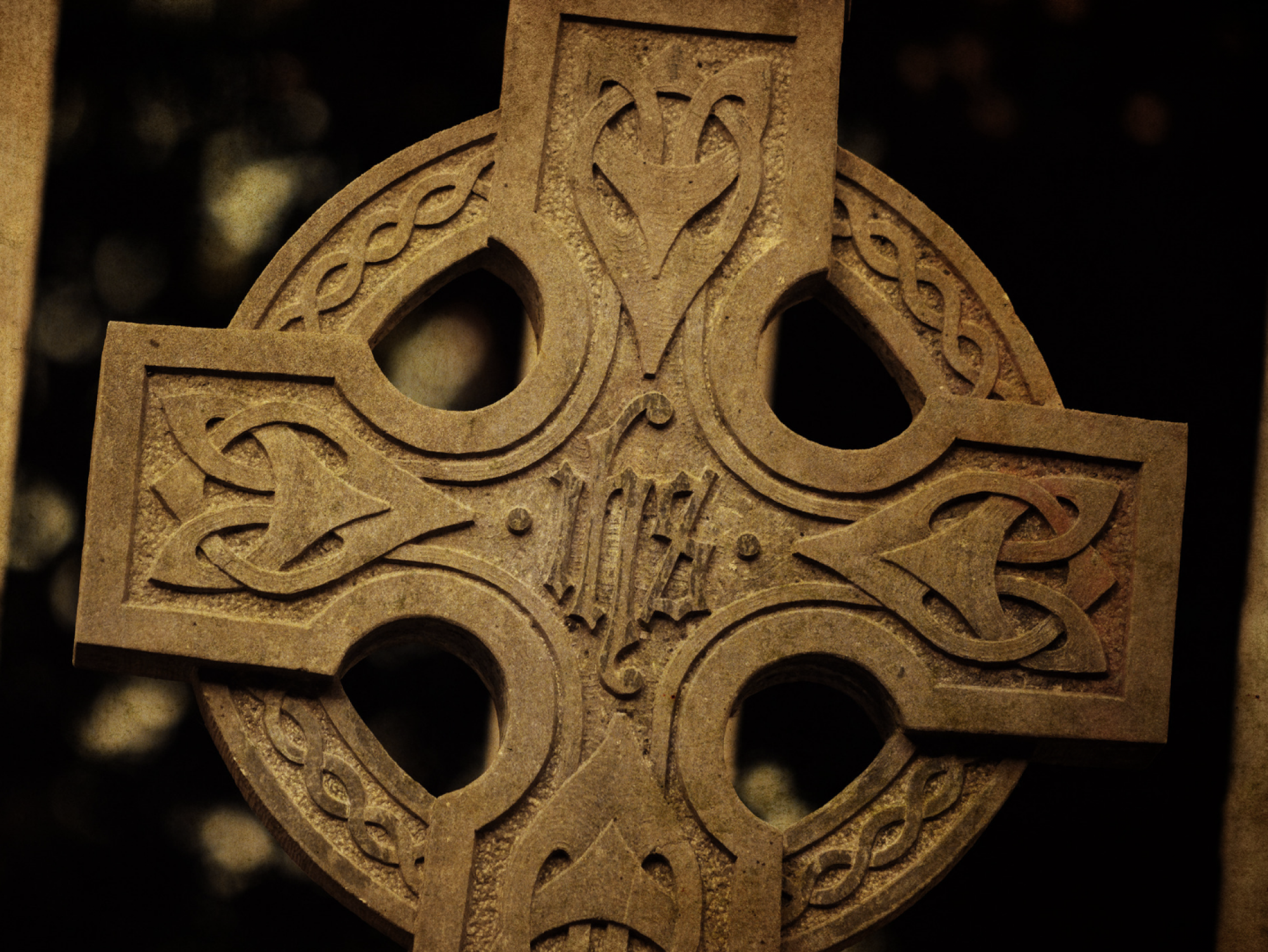The season of Advent is directly related to the season of Christmas, but it is not Christmas. Christmas itself begins Christmas Day and lasts for twelve days, followed by the also-related season of Epiphany. Often, we confuse Advent for Christmas itself. It’s easy to do with manger scenes, Christmas trees, festivities, and such things. There’s certainly nothing wrong with these. However, we begin celebrating Christmas early and loose the idea that Advent is the time of fasting, not the time of feasting. It is the season of anticipation, not the season of celebration.
We remember the time the Israelites were desperately waiting for their Messiah to come. We acknowledge that we, here in this broken world, are waiting for him to come again, setting up his kingdom, and restoring our wholeness once and for all. This longing is the darkness into which the light pierces.
How do we distinguish between these two connected church seasons? Remember that it isn’t quite time to read the Christmas story of Luke 2. It is time to recite the Old Testament prophecies foretelling Christ’s coming and his own words regarding his coming again. We can even carry this into the music we listen to, starting with the more anticipatory, prophetic hymns and carols towards the beginning of Advent and slowly working in the proclamations of his birth as Christmas Eve draws near. Perhaps this is the time to sing “Come, Thou Long-Expected Jesus” and “O Come, O Come, Emmanuel,” but not quite time for “O Holy Night.”
Maybe we can even hold off gorging ourselves on Christmas treats (Okay, now I’m getting crazy).
I don’t know what being more intentional about Advent looks like for you, but these are ideas I’ve recently been wrestling through as I’ve anticipated this season of anticipation.

